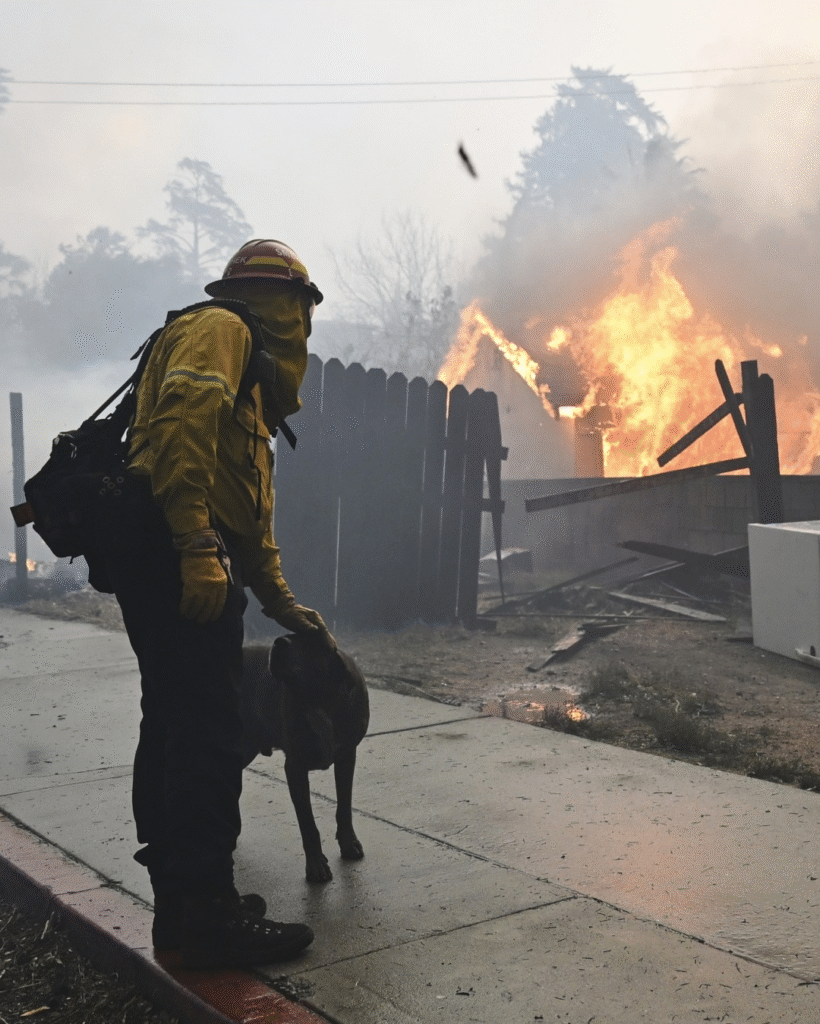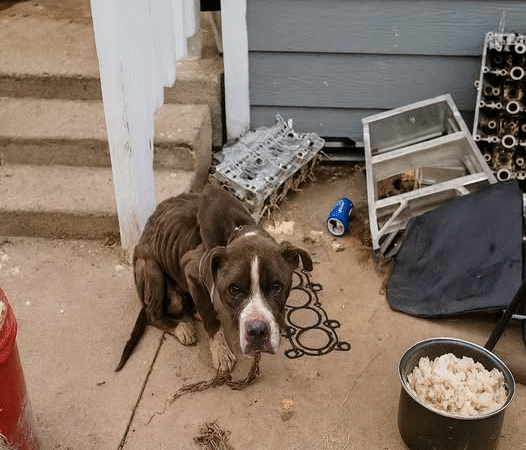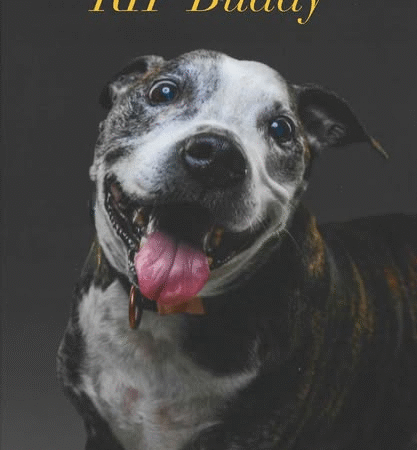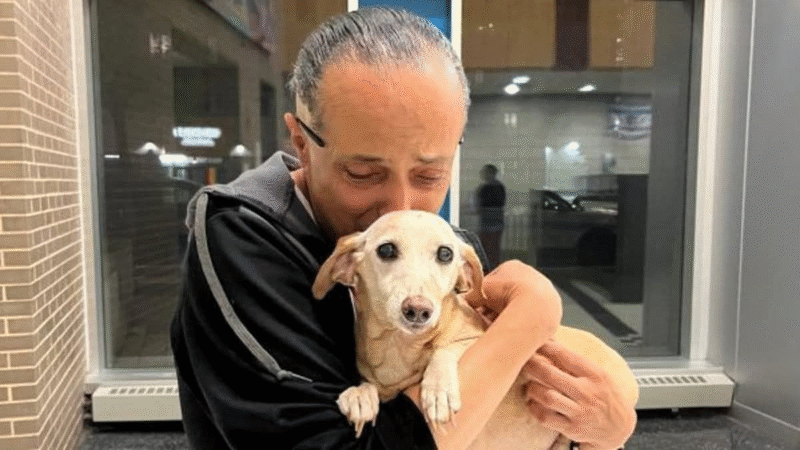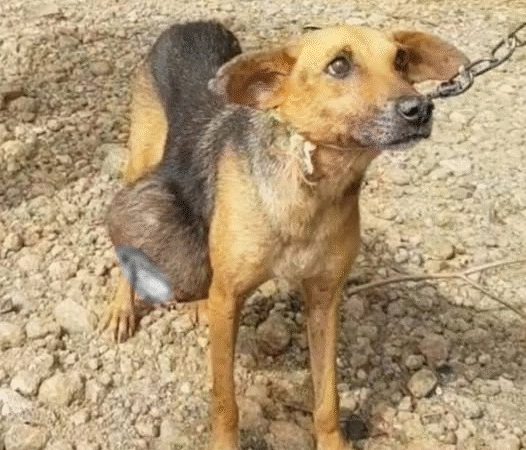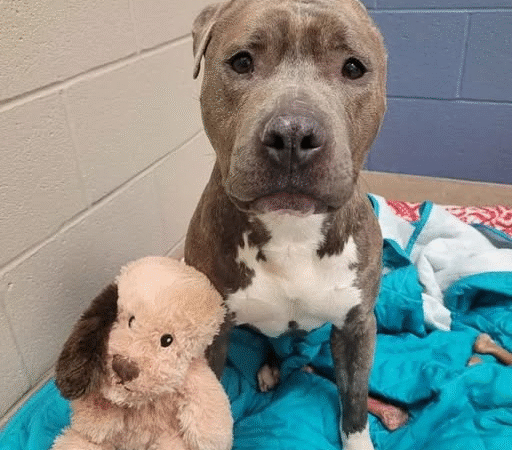A Flame of Hope: The Dog Rescued Amid the Wildfires
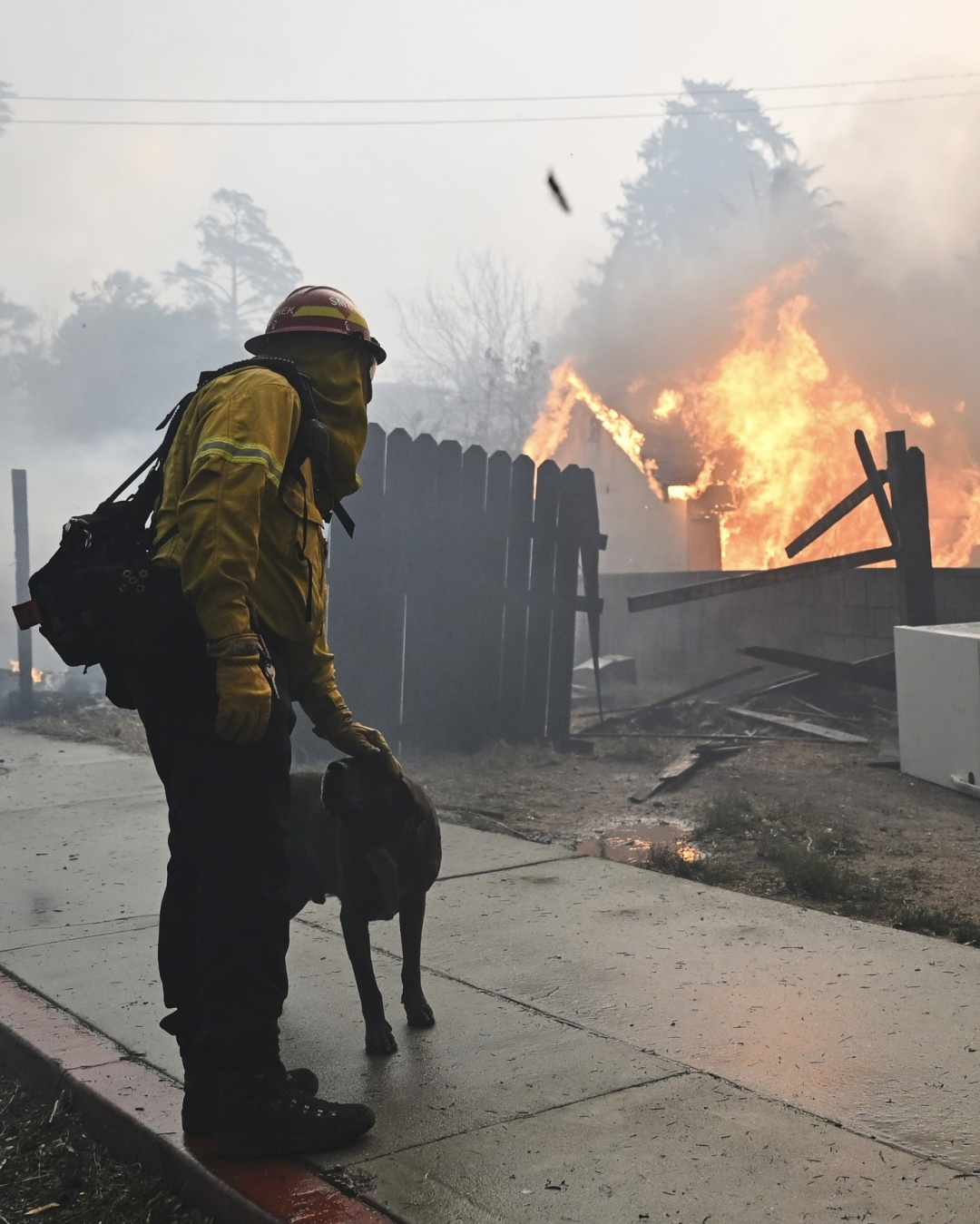
Amid raging wildfires, a firefighter spotted a trembling dog, singed and scared, lost in the chaos. Without hesitation, he knelt, set aside his gear, and reached out. Slowly, the dog inched forward, then pressed close, finding comfort in his arms.
For that brief moment, the smoke, flames, and destruction faded—only compassion remained. The dog was given water, wrapped in a blanket, and taken to safety. Its future was uncertain, but it was no longer alone.
To the firefighter, it was just another act in a day of impossible choices. To witnesses, it became a symbol: even in disaster, kindness endures.
The fire had started early that morning, ignited by dry conditions and a sudden gust of wind that carried sparks across the forested hills. By midday, the sky had turned a deep orange, thick smoke filling the air, and sirens echoed from every corner of the town. Families were being evacuated, their vehicles packed with essential belongings, and the scent of burning timber and underbrush hung heavily, leaving a sense of urgency and fear.
Among the chaos, people often overlooked the smaller, quieter victims—the pets and stray animals who could neither run nor call for help. Yet the firefighter had trained to notice those subtle signs: a shadow moving frantically, a faint whimper beneath a fallen log, or a pair of eyes glinting fearfully in the haze. That’s how he found the dog, crouched against a rock, shaking, its fur singed from the creeping flames.
The firefighter had seen countless rescues. Each one left its mark, but something about this dog tugged at him differently. Perhaps it was the raw vulnerability, the fragile hope in its hesitant approach, or the unspoken trust that formed in the instant the dog accepted his presence. As he lifted the animal, he felt a silent promise pass between them: he would protect it, at least for now.
Back at the emergency relief area, the dog received immediate care. Veterinarians checked for burns, dehydration, and signs of smoke inhalation. Volunteers offered blankets and soft beds, and children, having witnessed the rescue, watched with wide, awe-filled eyes. The dog, though still frightened, responded to gentle touches, its tail wagging tentatively as if recognizing safety for the first time in hours. Every movement was a testament to survival, every breath a small victory in the midst of destruction.
News of the rescue spread quickly. Photos of the firefighter holding the soot-streaked dog appeared on social media, accompanied by captions praising the heroism displayed in the midst of a disaster. People from around the country shared messages of support, highlighting how, even amid devastation, humanity could rise in small, profound ways. The dog became a symbol not only of resilience but of the quiet courage that often goes unnoticed.
Meanwhile, the firefighter returned to the front lines, yet the image of the trembling dog lingered in his mind. Between battling flames, guiding evacuees, and coordinating relief efforts, he thought about the little creature—how it had endured the fire, how it had trusted a stranger, and how, against all odds, life had offered a chance at renewal. In a moment of exhaustion, he realized that these fleeting moments of connection were what made the grueling work bearable—the human capacity for empathy shining amidst calamity.
The dog’s story did not end in the relief camp. A local animal rescue organization stepped forward, offering to provide foster care and eventual adoption. The organization’s volunteers were skilled in rehabilitating traumatized animals, nurturing trust, and helping them regain their confidence. The dog, which had been nameless, received a temporary name and began the slow process of recovery. Days of rest, nutritious meals, and gentle handling gradually replaced fear with curiosity, and anxiety with cautious optimism.
One volunteer noted how the dog would flinch at sudden movements initially, yet it gradually learned to lean into a hand, seeking reassurance. Each wag of its tail became a small celebration. Slowly, it began to play with other rescued animals, showing signs of the natural joy that had been suppressed by the fire. Visitors who came to the shelter often paused to watch, captivated by the transformation—the way a frightened creature could rediscover trust and affection.
The firefighter, who had first rescued the dog, returned to check on its progress. Seeing the dog exploring the yard, tail high, eyes bright, he felt a quiet satisfaction. There was a profound simplicity in this—a reminder that heroism does not always require grand gestures. Sometimes, it is found in the courage to act, the willingness to reach out, and the patience to nurture what is fragile. The dog, once alone and terrified, had become a living testament to hope, a beacon that illuminated the darkness of the wildfire’s aftermath.
Over time, the dog was adopted by a compassionate family who lived on the outskirts of the town. They had lost pets in previous fires and felt a personal connection to this rescue. Bringing the dog home was a ceremony of sorts: blankets, toys, and gentle words were offered, each gesture reinforcing a new life of safety and belonging. At night, the dog would rest quietly by the family’s side, occasionally glancing toward the door, a faint memory of the past flickering briefly before being replaced by the comfort of warmth, love, and security.
Stories of such rescues resonated with the broader community. Local schools invited the firefighter to speak about safety, preparedness, and compassion. Parents used the story as a teaching moment for children, highlighting that acts of kindness—even in the smallest form—could ripple outward, inspiring courage and empathy in others. The dog became a living emblem of that message, appearing in educational programs and community events, its presence reinforcing the importance of caring for those who cannot voice their needs.
Months passed, and the scars of the wildfire slowly healed, both in the forest and in the hearts of the residents. The firefighter continued his work, the dog continued its happy life with its adoptive family, and the community remembered the story as a defining moment—a reminder that even when the world seems engulfed in flames, compassion can create islands of hope. The bond formed in those first terrifying moments persisted, unspoken yet enduring, linking human and animal through shared survival and trust.
In the quiet evenings, when the sun dipped behind the hills, families would walk their dogs through the recovering landscape, and children would speak of bravery, kindness, and hope. Some would point out the specific area where the dog had been rescued, and older children would recount the firefighter’s selflessness, turning a story of fear and loss into one of resilience and human decency. Local newspapers, social media, and community bulletins chronicled the journey, ensuring that the tale of a frightened dog and a determined firefighter would not be forgotten.
The wildfire, fierce and unrelenting, had taken much, but it had also given an opportunity to witness extraordinary courage and tenderness. In the smallest gestures—kneeling to lift a trembling dog, offering water and warmth, comforting through touch—there existed a profound lesson about humanity. Disasters may strip away normalcy, yet they reveal the core of our nature: the capacity to act with empathy, to connect, and to create meaning in moments of peril.
Even years later, the dog’s story remained vivid. Visitors to the town would ask about the animal that had become a symbol of hope, and the firefighter would quietly smile, insisting it was “just what anyone would do.” Yet those who had witnessed the rescue knew the truth: acts of kindness in the face of adversity are never small. They ripple, they inspire, and they endure. The dog, once lost in a sea of smoke and flames, lived as a reminder that courage and compassion are intertwined, that even in the darkest times, light can emerge from the most unlikely places.
Ultimately, the story of a trembling dog rescued amid raging wildfires is not merely about survival—it is about connection, empathy, and the unspoken bonds that form when fear meets compassion. It is a narrative that transcends the boundaries between human and animal, between chaos and calm, leaving behind a message as simple as it is profound: no matter how fierce the fire, hope can always be found in the heart of one willing to care.
